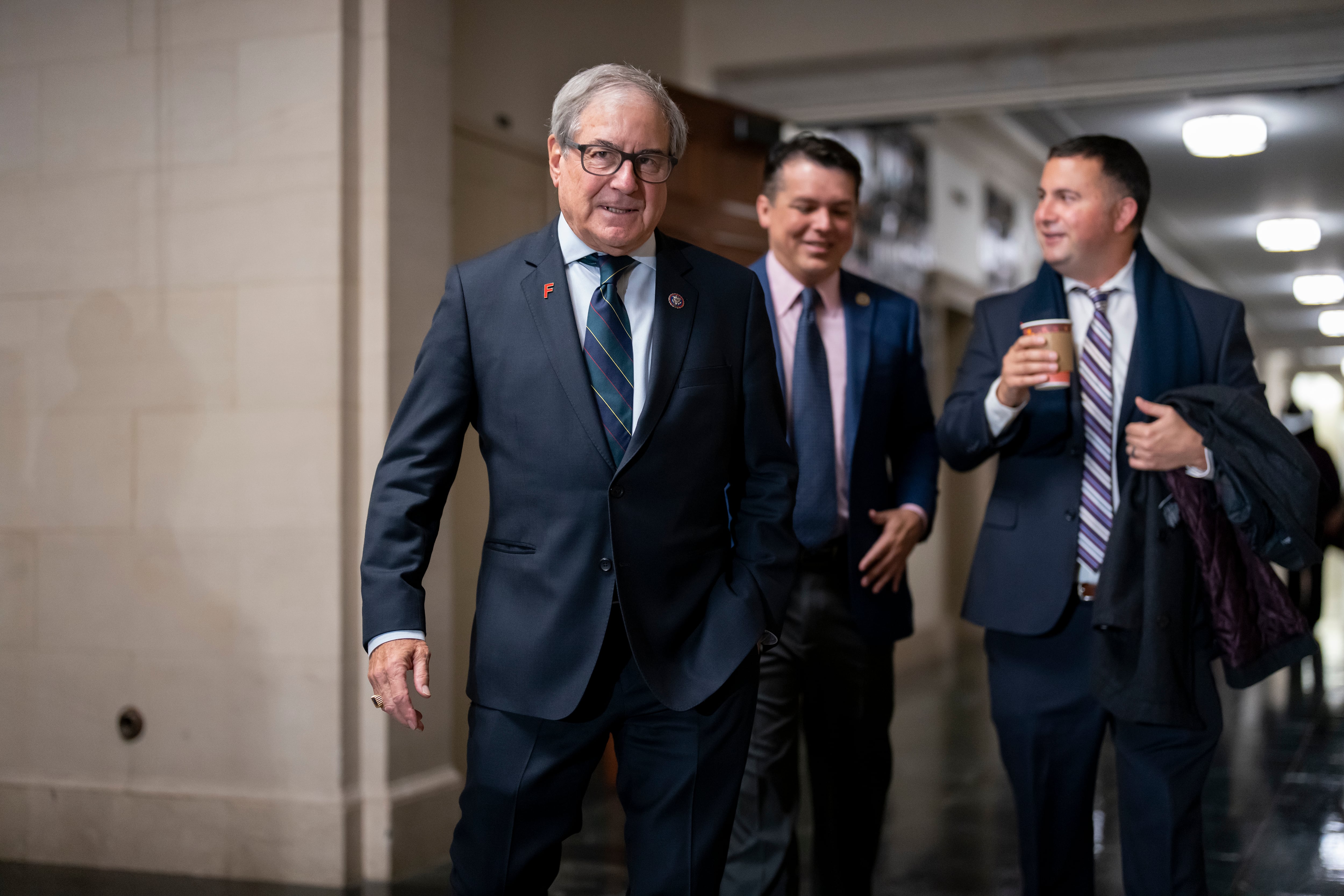Millions of federal employees will receive an average 5.2% pay raise effective January, thanks to an executive order issued by the President on Thursday.
It’s the largest base pay increase since the Carter administration nearly 40 years ago. The order finalized on Dec. 21 matches the pay proposal Joe Biden made in late August.
The across-the-board pay increase will be 4.7% and locality pay will average an additional 0.5%. Last year’s raise averaged 4.6%.
“This welcomed pay raise demonstrates an understanding of the value of these hard-working civil servants and the jobs they do, as well as displays the administration’s ongoing commitment to recruitment and retention of talented federal employees,” said William Shackelford, president of the National Active and Retired Federal Employees Association, in a statement.
Service members are also on track for a 5.2% pay raise in the 2024 National Defense Authorization Act, Military Times previously reported.
Despite the fact that federal agencies are still operating without a full budget, Biden’s order cements the pay raise for 2024. Unless Congress quibbles with Biden’s figure in another CR or in the Financial Services and General Government bill, the pay raise defers to the President’s authority.
However, if Congress misses its funding deadlines in January and February, the government again risks facing a shutdown, during which pay altogether could be halted for certain employees.
RELATED

The president has authority to circumvent the rate set by the Pay Agent, which includes the directors of the White House Office of Management and Budget and Office of Personnel Management, as well as the secretary of labor.
It has become routine for the President to propose annual pay raises for the 2.2 million federal civilian employees who work across hundreds of offices and agencies. Technically, if the president does nothing, automatic pay raises would kick in under the Federal Employees Pay Comparability Act of 1990.
However, FEPCA has never fully been been adopted as it was intended 1994, meaning increases have typically been less than recommended, according to the Government Accountability Office.
That’s become a sticking point for employee advocates and unions, who say the pay gap between the public and private sector has worsened. Civil servants earned an average of 27% less than their private sector counterparts in similar occupations this year.
RELATED

Legislation was also proposed this year to bring the total pay raise up to 8.7% to counteract lingering impacts of inflation, but it has not passed.
In the meantime, the next step is for OPM to issue updated pay tables. The 2024 pay tables have been published on OPM’s website, and can be viewed here.
Because the pay bump is an average, some employees might see slightly higher or lower raises depending on their locality. There are more than 50 localities, according to OPM.
Additionally, OPM established four new locality pay areas for 2024 and expands certain others, meaning some employees may see larger increases under those new regulations.
Molly Weisner is a staff reporter for Federal Times where she covers labor, policy and contracting pertaining to the government workforce. She made previous stops at USA Today and McClatchy as a digital producer, and worked at The New York Times as a copy editor. Molly majored in journalism at the University of North Carolina at Chapel Hill.
In Other News




